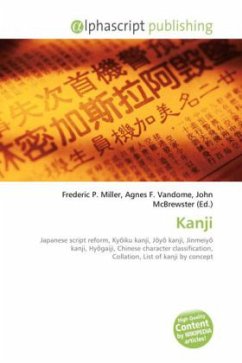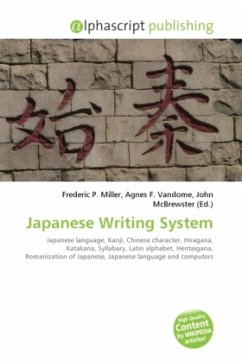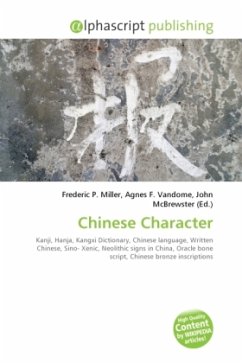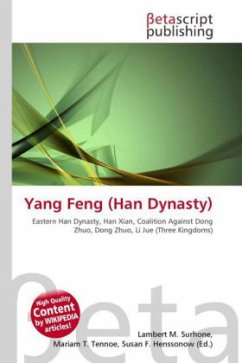Han unification is an effort by the authors of Unicode and the Universal Character Set to map multiple character sets of the so-called CJK languages into a single set of unified characters. Han characters are a common feature of written Chinese (hanzi), Japanese (kanji), Korean (hanja), and Traditional Chinese in Hong Kong and Taiwan, and at least historically other East and Southeast Asian languages. (See Vietnamese Hán T and Ch Nôm.) Modern Chinese, Korean, and Japanese typefaces typically use regional or historical variants of a given Han character. In the formulation of Unicode, an attempt was made to unify these variants by considering them different glyphs representing the same "grapheme", or orthographic unit, hence, "Han unification", with the resulting character repertoire sometimes contracted to Unihan. Unihan can also refer to the Unihan Database maintained by the Unicode Consortium, which provides information about all of the unified Han characters encoded in the Unicode standard, including mappings to various national and industry standards, indices into standard dictionaries, encoded variants, pronunciations in various languages, and an English definition.
Bitte wählen Sie Ihr Anliegen aus.
Rechnungen
Retourenschein anfordern
Bestellstatus
Storno








